Churchill Island played a critical role in the history of Victoria.
As tiny as the 57 hectare land mass is, Churchill Island, off Phillip Island, has played its own critical role in the history of Victoria. The island was the site of the first European crop of wheat grown in this state, after Lieutenant James Grant...

As tiny as the 57 hectare land mass is, Churchill Island, off Phillip Island, has played its own critical role in the history of Victoria.
The island was the site of the first European crop of wheat grown in this state, after Lieutenant James Grant disembarked from the Lady Nelson and had some of his convict crew fell trees and cultivate a patch of soil in 1801. (Lt Grant named the island after the man who had given him seeds that he planted.)
Samuel Amess, (mayor of Melbourne when the Melbourne Town Hall was built) bought the island in 1872 and built the home that still stands today.
Legend has it that the cannon in the garden, given to Samuel Amess, came from the CSS Shenandoah, a warship of the Confederates States in the American Civil War. However, there is no historical evidence to support this claim, with the canon’s origins remaining a mystery.
And a little known fact is that Churchill Island served as the location for the 1977 Australian film Summerfield, which featured such Australian stars as Charles ‘Bud’ Tingwell and John Waters.
Before becoming part of the Phillip Island Nature Parks stable in 1996 – now open to the public as an historic working farm, with beautiful shoreline walking tracks and 400-year-old moonah trees - Churchill Island has seen a host of characters and events.
Here – thanks to the work of the Phillip Island and District Historical Society as well as the Friends of Churchill Island - we examine a few of those characters.
Pickersgill era: 1860 to 1866
The first European settlers of Churchill Island arrived via sailing or row boat from French Island in 1860.
Samuel Pickersgill had been released from indenture as a farm labourer and together with his wife Winifred and their three children, took up land on Churchill Island. (Pickersgill family historians have found a record of Samuel being transported to Van Diemen’s Land as a convict.)
The only other settlers in the vicinity at that time were the McHaffies, at the western end of Phillip Island and the small port of Griffiths Point (now San Remo) to the east.
Nevertheless, Winifred went on to have a further five children and to support her husband to build a small dwelling and vegetable garden, which sustained the family for their six years on the island.
The Pickersgills never legally owned Churchill Island and moved to Griffiths Point a few years after the freehold was sold to John Rogers.
John Rogers: 1854 to 1860; then 1866 to 1872
In 1854 John Rogers acquired the pastoral lease for the Sandstone Island Run, which included Sandstone, Elizabeth and Churchill Islands in Western Port.
Sandstone and Churchill Island cost Rogers 10 pounds jointly until 1860.
How early Churchill Island was used by Rogers is difficult to pinpoint - parliamentary debates in 1861 record that Rogers was illegally cultivating his island pastoral runs, including Churchill Island, against the terms of his licence.
John and his wife Sarah apparently lived simultaneously with the Pickersgills for a few years, before John bought Churchill Island for £210 in 1866, and lived there until 1872.
While on the island, John grew many tons of potatoes and wheat which he sold locally and even in Melbourne. Cultivation of the islands was illegal at this time, but John did it anyway.
Two of their three children were born on Churchill Island and John and Sarah worked hard to create a good life for themselves, building cottages and Sarah laid out paths using local shellgrit. The garden paths are still surfaced with shellgrit to this day.
The two cottages built by the Rogers are still standing and remain some of the oldest buildings in the area.
Eventually John had to mortgage the island to John McHaffie, who sold it in 1872 to Samuel Amess.
Amess family: 1872 to 1929
Samuel Amess bought Churchill Island in 1872 when he was at the height of his career as a successful stonemason and builder.
He had been appointed Mayor of Melbourne in 1869 and was responsible for some of the most significant building works in Melbourne during the prosperous years after the gold rush of the 1850s.
Amess bought Churchill Island as a summer retreat for his family after hearing about its abundant produce.
During his time on the island he built the homestead Amess House and, as a member of the Victorian Acclimatisation Society, introduced rabbits, quails and pheasants.
He also established a herd of West Highland cattle which, as a Scotsman, were to “maintain fond memories of the land of his birth”.
Samuel extended crops and grew many trees including some which are included on the National Trust Historic Trees register, including Norfolk pines, olive and mulberry trees, and native moonahs.
Churchill Island passed through two further generations of the Amess family, as a holiday farm, with managers and servants maintaining the property. The island was eventually sold in 1929 to another man famous in his time, Gerald Buckley.
Gerald Buckley: 1929 to 1935
In 1929 Western district farmer Gerald Buckley - son of Mars Buckley, the founder of Buckley and Nunn drapery store - heard that a small Western Port island was for sale. A bachelor, he was known as a kindly man who had been born into a wealthy family but never lost the common touch. He had a reputation as a progressive pastoralist, horse breeder, expert rifleman and big-game hunter.
An absentee owner, Buckley employed the Jeffery brothers, Bob and Ted to run the property. Gerald was interested in the Big Brother movement, which assisted young English migrants to settle in Australia and Gerald helped Bob to bring out his brother Ted.
The brothers worked hard: a dam was dug out, a windmill erected, and a milking shed built to accommodate the new milking machine for a dairy herd of about 80 cows.
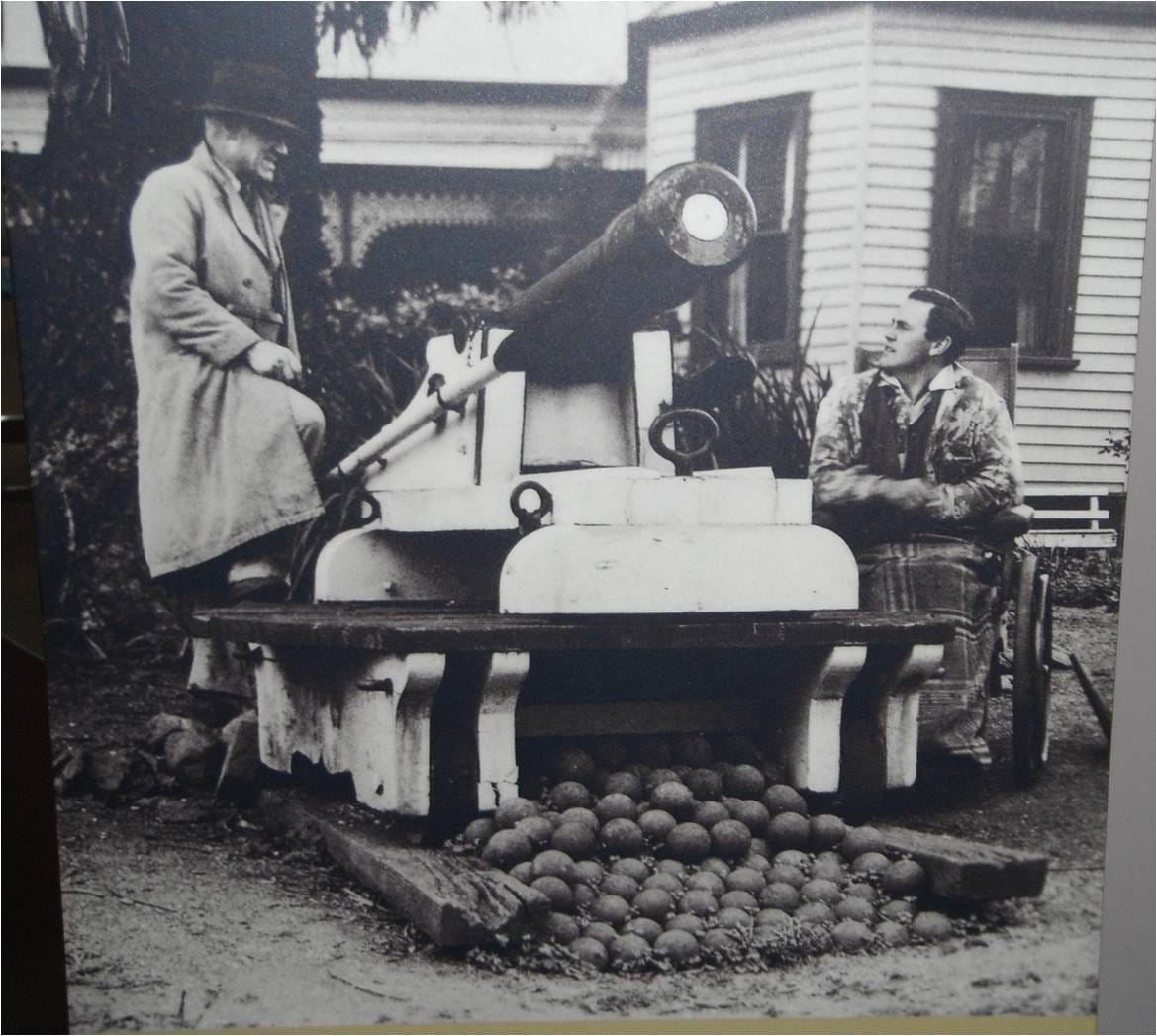
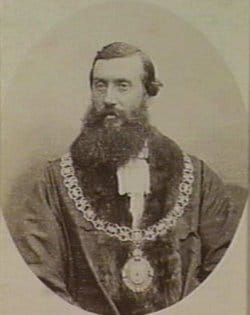
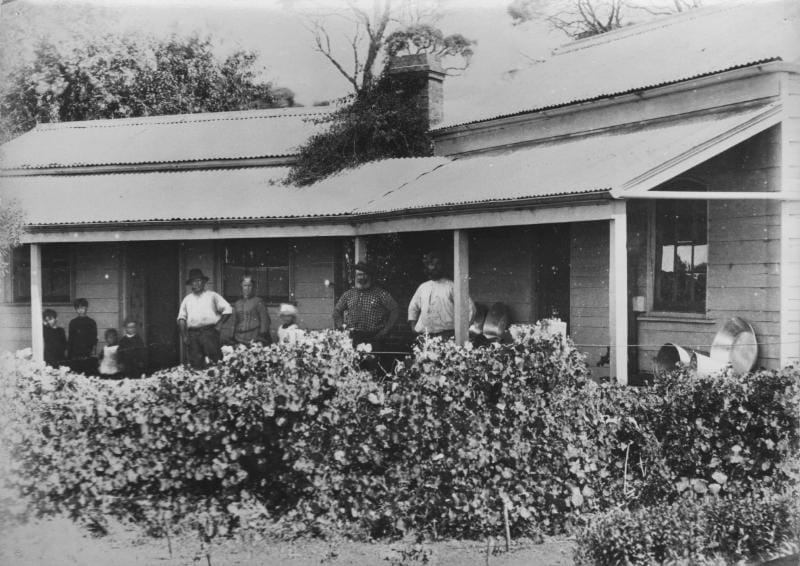
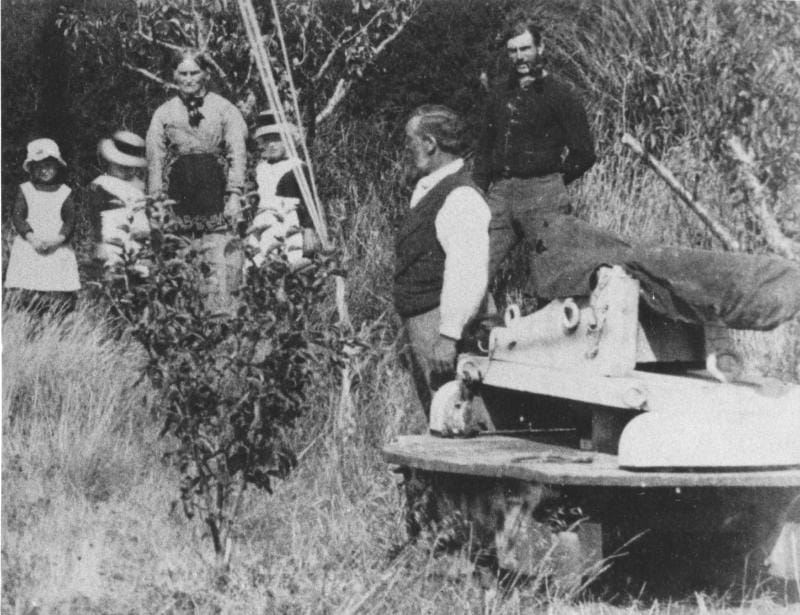
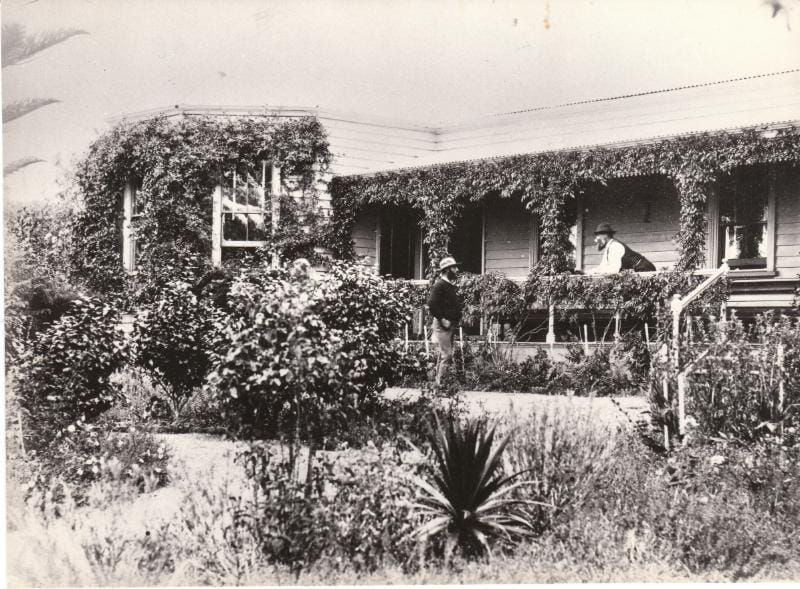
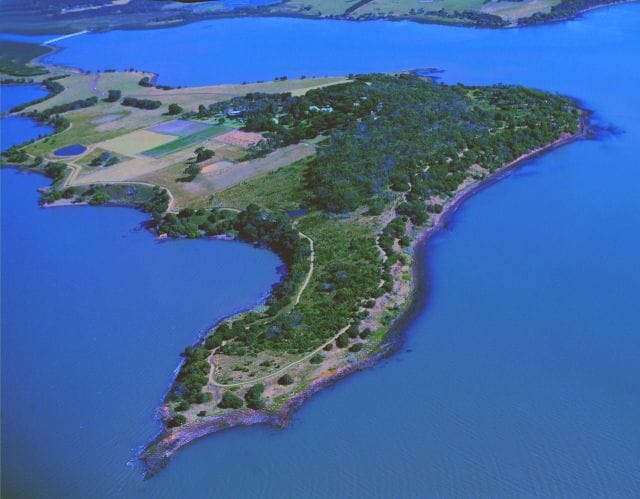
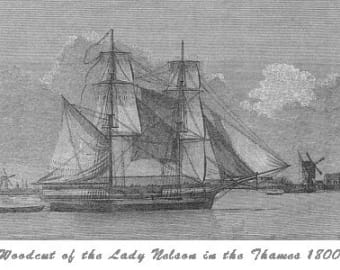
Bob and Ted, with the help of Harry Cleeland, laid a track across the island and a crossing to the mainland, which was marked with a guide post indicating the tide level. When this was visible, a horse and cart could be driven across and it was by this route that the milk and cream was transported to the mainland.
As the farm prospered, Bob and Ted Jeffery’s skills earned the respect of Gerald and their friendship grew. During a visit in 1935, Buckley revealed that he planned to leave the island to the brothers. In a twist of fate, Buckley died that year before changing his will. Churchill Island was left to his English relatives who sifted through the contents and sold the island to Dr Harry Jenkins in 1936.
Dr Harry Jenkins: 1936 to 1963
Collins Street dentist Dr Harry Jenkins, his wife Alice and their only son Ted bought Churchill Island in 1936 for four thousand pounds.
Dr Jenkins bought the farm mainly to provide an interest for his wheelchair-bound son, who had been injured in a diving accident at the age of 16 and paralysed from the waist down.
Another absentee owner, Harry employed Eve and Ern Garrett to look after the farm and the family on their frequent visits to the island, as well as Sister Margaret Campbell, as private nurse to Ted.
Harry was an adventurer with road car racing, hill climbs, motorcycles, crocodile shooting and adventurous travel amongst his favourite pursuits.
The Jenkins era was generally filled with fun. Visitors remember flounder spearing, swimming in the dam and firing the cannon each New Year’s Eve.
One of Ted’s main interests was ham (amateur) radio. On Churchill Island an antenna was constructed and a room in the house set aside as his station.
Jenkins introduced many innovations to the farm including a tractor to replace the working horses, a wind-powered generator, as well as beef cattle, beehives, a flock of turkeys and water tanks.
The Jenkins built the first bridge to connect the island to the mainland. Work began in 1957, but disaster struck when the contractor’s tractor slipped off the bridge and he was drowned. All work stopped. Eventually Ports and Harbours completed the bridge in 1959.
Before the bridge, stock was herded across at low tide and goods were floated or rowed over at high tide.
After Harry’s wife Alice died, Sister Margaret Campbell - or ‘Aunt Jimmy’ as she was affectionately known - became the driving force of the family. Between her duties in caring for Ted, she managed to run the house and farm and act as hostess to the many guests that visited Ted and Harry when they entertained on the island.
Ted died in 1960 and Harry three years later and ownership of the island passed to their lifetime carer, Sister Margaret Campbell.
Sister Margaret Campbell: 1963 to 1973
Sister Margaret continued on the island running the farming business, despite suffering from Paget’s disease and spending many years lifting Ted, both of which left her chronically bent over.
During her 40 years on the island, she not only provided the mainstay for the Jenkins’ family, she was the driving force behind the farm.
Many of Sister Campbell’s plants are still to be found in the garden today.
To help with farm work, she re-engaged Ern and Eve Garrett who had been employed by Dr Jenkins before the war as farm managers.
Aged in her 60s and with a debilitating disease, Sister Margaret finally had to put the property up for auction in 1973, when she moved away to live with family until she died in 1979.
Alex Classou: 1973-1976
Patra Orange Juice co-founder, Alex Classou bought the island from Sister Margaret as a place to spell his race horses.
Alex had a vision to turn the island into a horse stud and he employed Bruce and Margaret Blenheim as managers to set up the property for this purpose.
However, Alex received a phone call from the chairman of the Victorian Conservation Trust Sir John Knott one day, inviting him to tea at the Windsor Hotel.
At the meeting Sir John convinced Alex to sell Churchill Island to the Victorian Government, which he did in 1976.
Public ownership: 1976 to the present
Central to the acquisition of Churchill Island by the Victorian Government was Sir Rupert Hamer and the Victorian Conservation Trust (now Trust for Nature).
The late John Barnard, of Rhyll, with his friend Graeme Pizzey, were instrumental in the purchase, back in the 1970’s, for the people of Victoria.
John’s farm looked across to Churchill Island, and his strong interest in history, especially the detailed history of the early exploration of Westernport; and his connection and access to former Victorian Premier Rupert Hamer, awakened the state government’s interest in this beautiful and historic place.
After its purchase the trust had little money left for restoration and relied on its auxiliary, the Churchill Island Restoration Group (CIRG) to raise funds and build sponsor support to realise small restoration projects.
In 1982 CIRG merged with the Friends of Churchill Island Society (FOCIS) and worked closely with Churchill Island farm manager Carroll Schulz to restore and preserve Churchill Island’s heritage, with volunteers ensuring much of the island’s history was not lost.
In 1996 Churchill Island was incorporated into the Phillip Island Nature Park (PINP).
In more recent years, restoration works have seen the homestead renovated back to its original form, Dr Jenkins’s bridge (infested with marine worms) replaced with a concrete bridge and the construction of a visitor centre and café. The gardens were restored and a working farm created, funded by the PINP.
Various employees and managers have lived there since, ensuring a permanent presence on the island for security.






